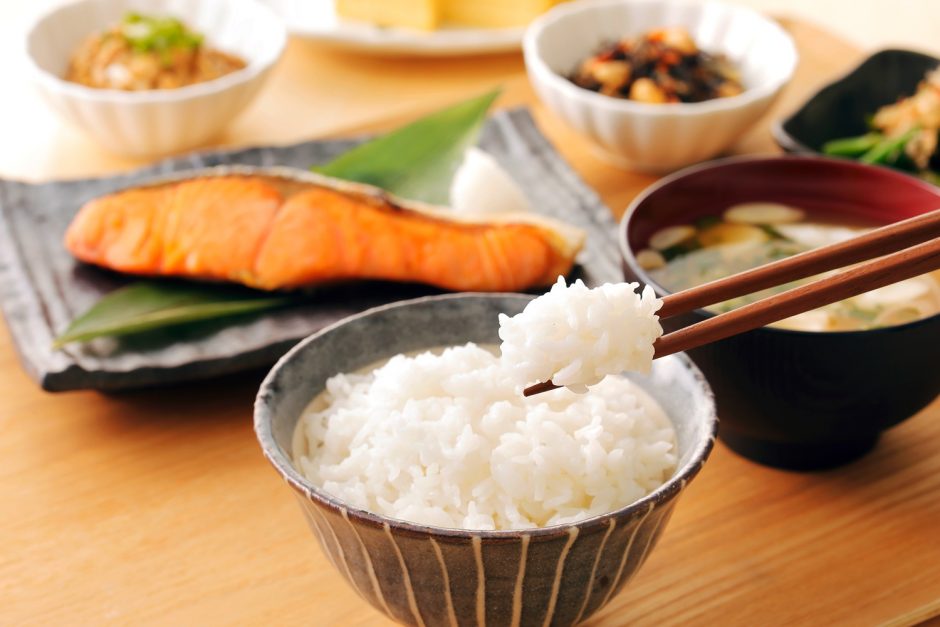Take any cuisine in the world and it will be accompanied by a set of etiquettes that one is required to follow as a principle. While you are sure to be dazzled by the diversity of Japanese cuisine and culture, their well-defined table manners may well intrigue you as well.
So sit back and relax, while we take you through some of the most essential Japanese table manners.
Mealtime etiquettes are an intrinsic part of Japanese culture as it defines their disciplined lifestyle. Although it varies from household to region the traditional practices still remain intact and are largely similar across the country.
Before starting a meal the custom of o-shibori is followed, where you wipe your hands with the towel provided before touching any meal. This is usually done at the restaurants, while at home you are expected to wash your hands cleanly before starting your meal. Traditionally Japanese food is served on a ‘Tatami’, a traditional mat that is laid on top of the floor.
One of the most important table etiquettes in Japan is saying traditional phrases before and after a meal. Before they start a meal, the Japanese would say, ‘Itadaki-masu’ which means ‘I humbly receive’, to express gratitude to all those who played a role in preparing, cultivating, and hunting the food. And when you are done with your meal, you are obliged to say ‘Gochisou-sama’, which means ‘Thank you for the meal’. Try to say these phrases when you are eating with Japanese people.
Although Japanese use forks, knives, and spoons to eat certain dishes, chopsticks are the most frequently used utensils.
Here’s how you can use chopsticks while you eat Japanese food.
Remember to never pass your food with chopsticks, this is considered as an omen and is done in the Japanese ritual of passing cremated bones at funerals. Also, never stick your chopsticks in a bowl of rice vertically as it has a morbid resemblance to joss sticks stuck on an altar, which are usually done as prayers to the deceased.
Sushi is, by default, the common dish at many corporate lunches and while savouring it, make sure you pour only a little soy sauce into your dipping bowl. Take care not to leave any rice grains floating behind in the bowl as this is considered as bad manners.
Japanese meals are incomplete without drinks. Make sure you wait until all the glasses are filled and for someone to raise a toast and say ‘Kanpai’, which means ‘cheers’. Raise and return the gesture and then start with your drink.
If you are eating at a restaurant, and your bill tray is not present, use both hands to give your money and receive the change. Tipping is not a common practice and is often considered rude in Japan.
Keep these simple rules on Japanese table manners in mind and you’re all set to enjoy a meal with any Japanese while you’re in Japan.






You must be logged in to post a comment.